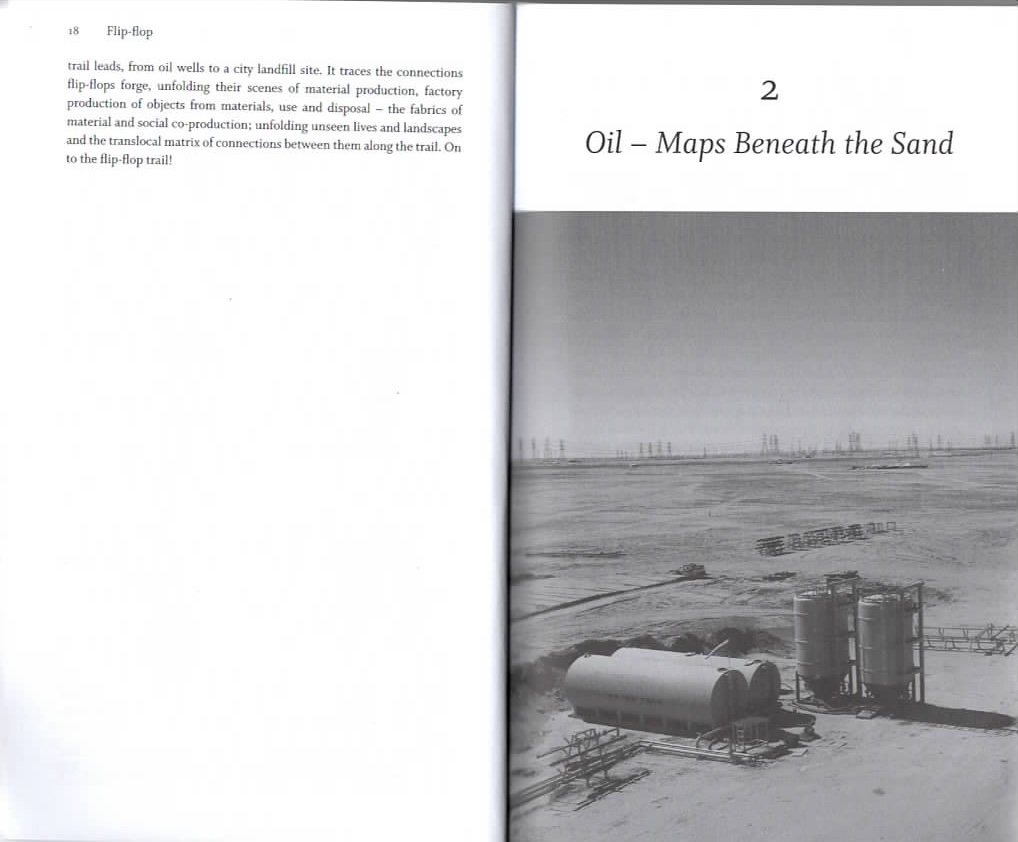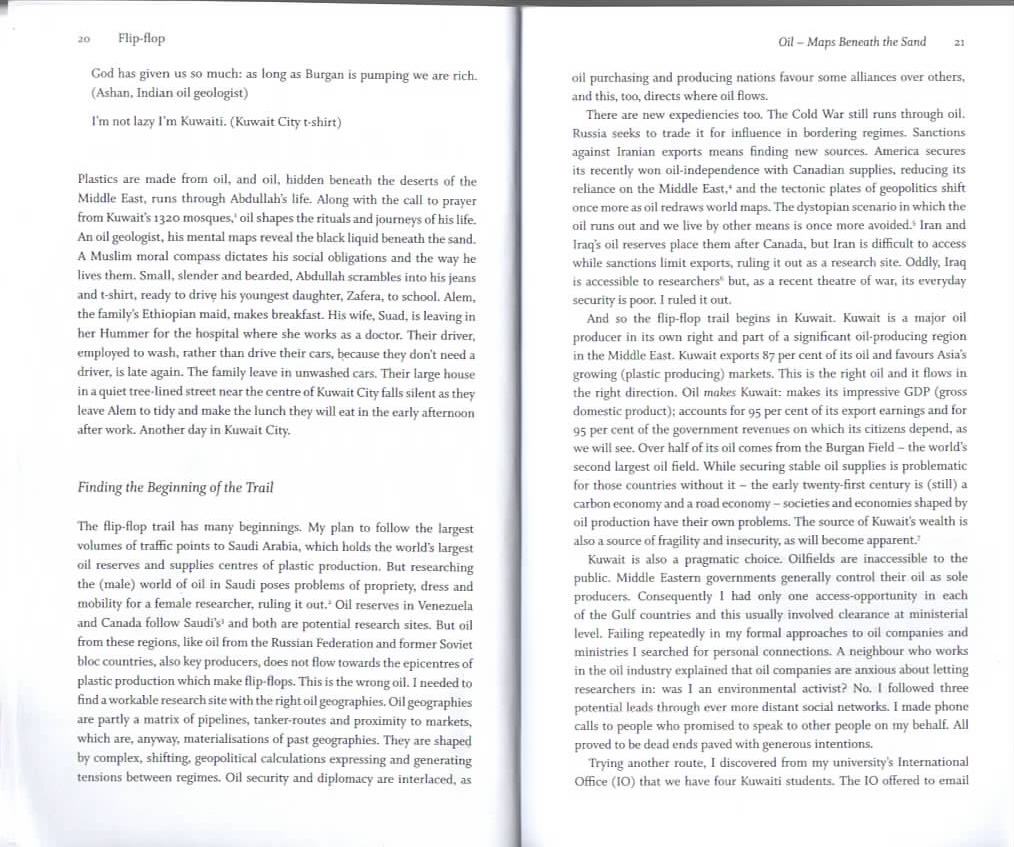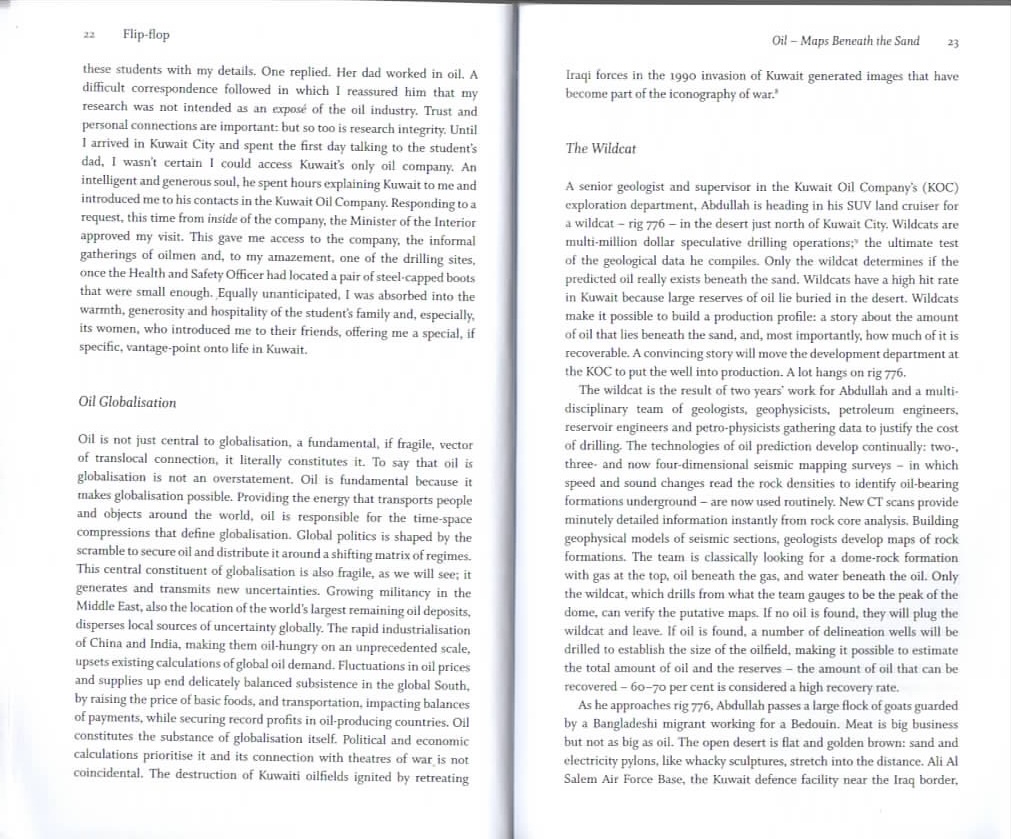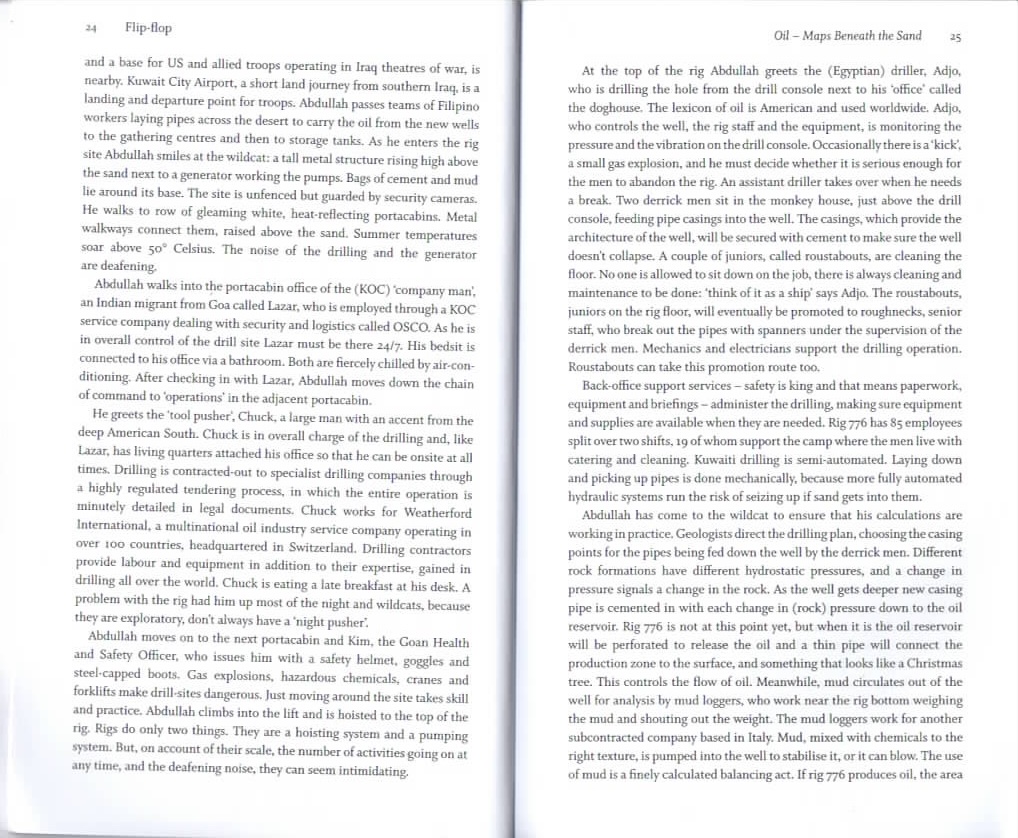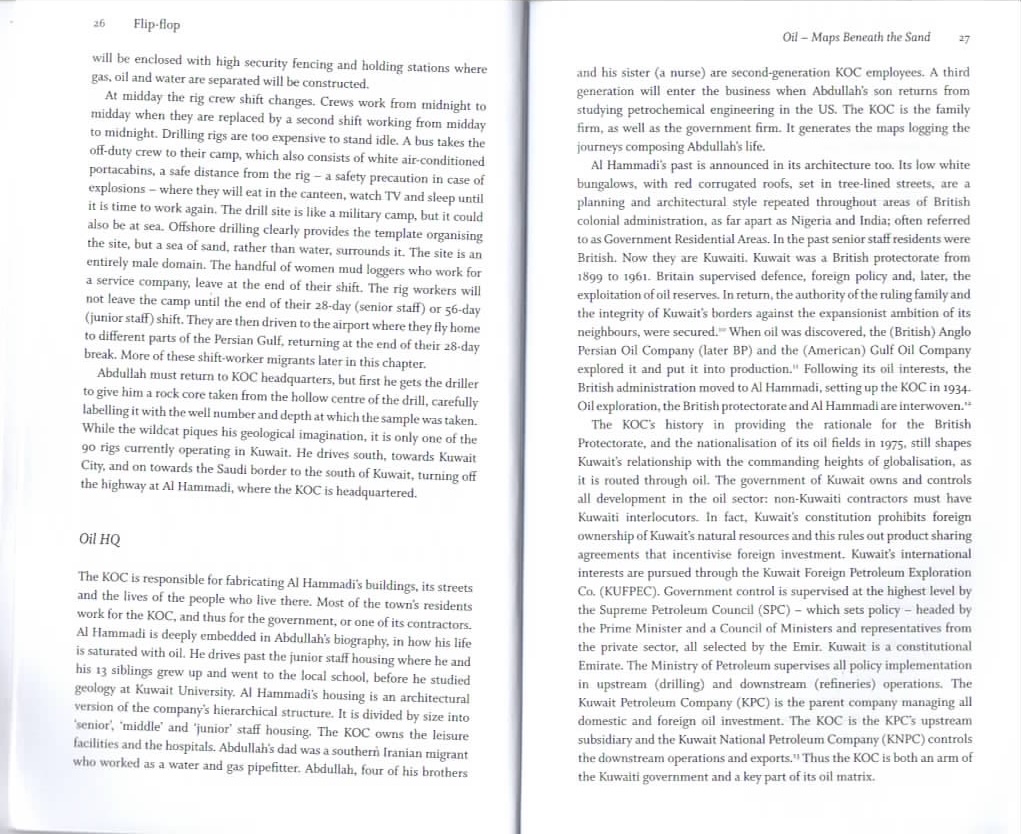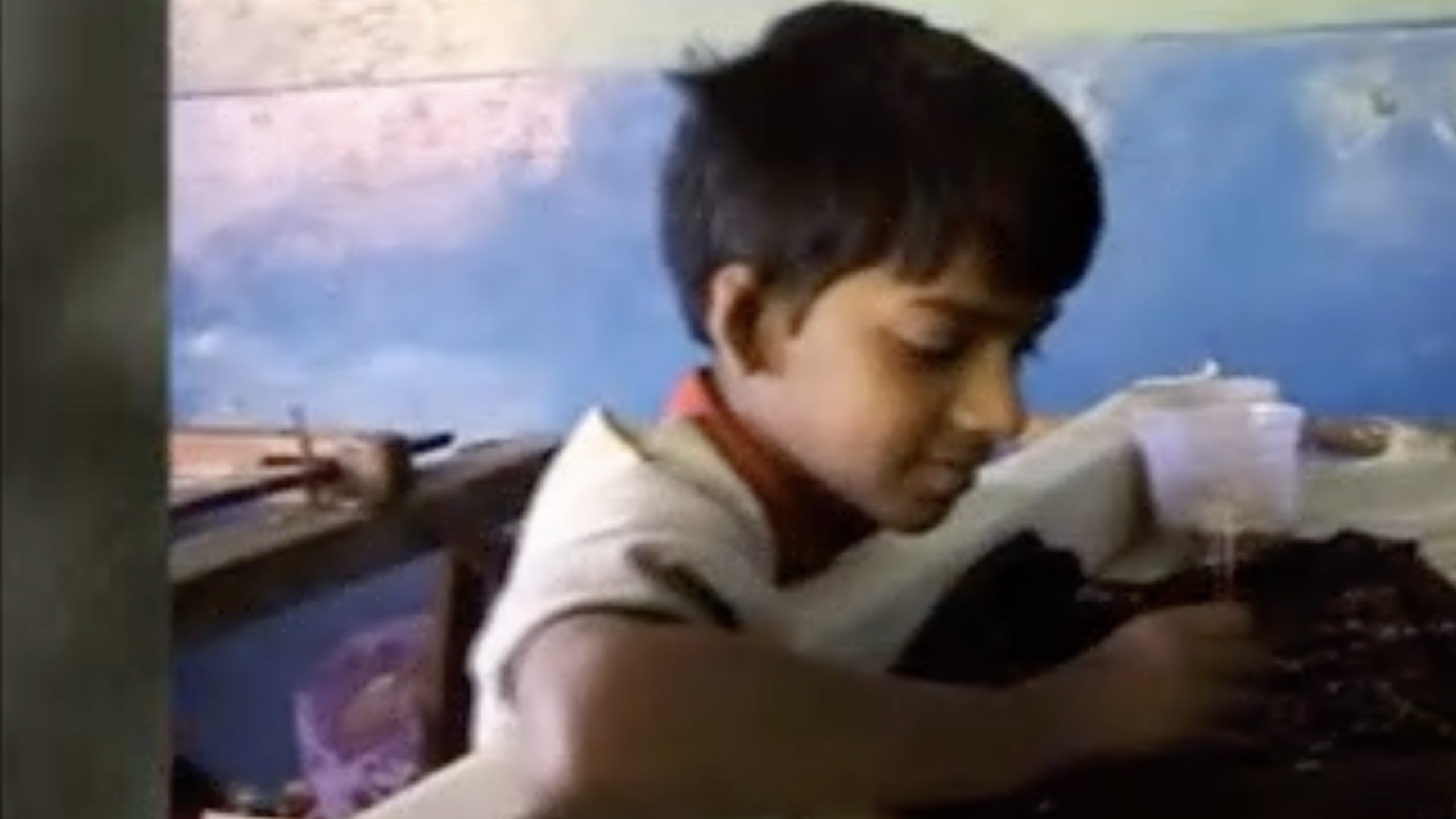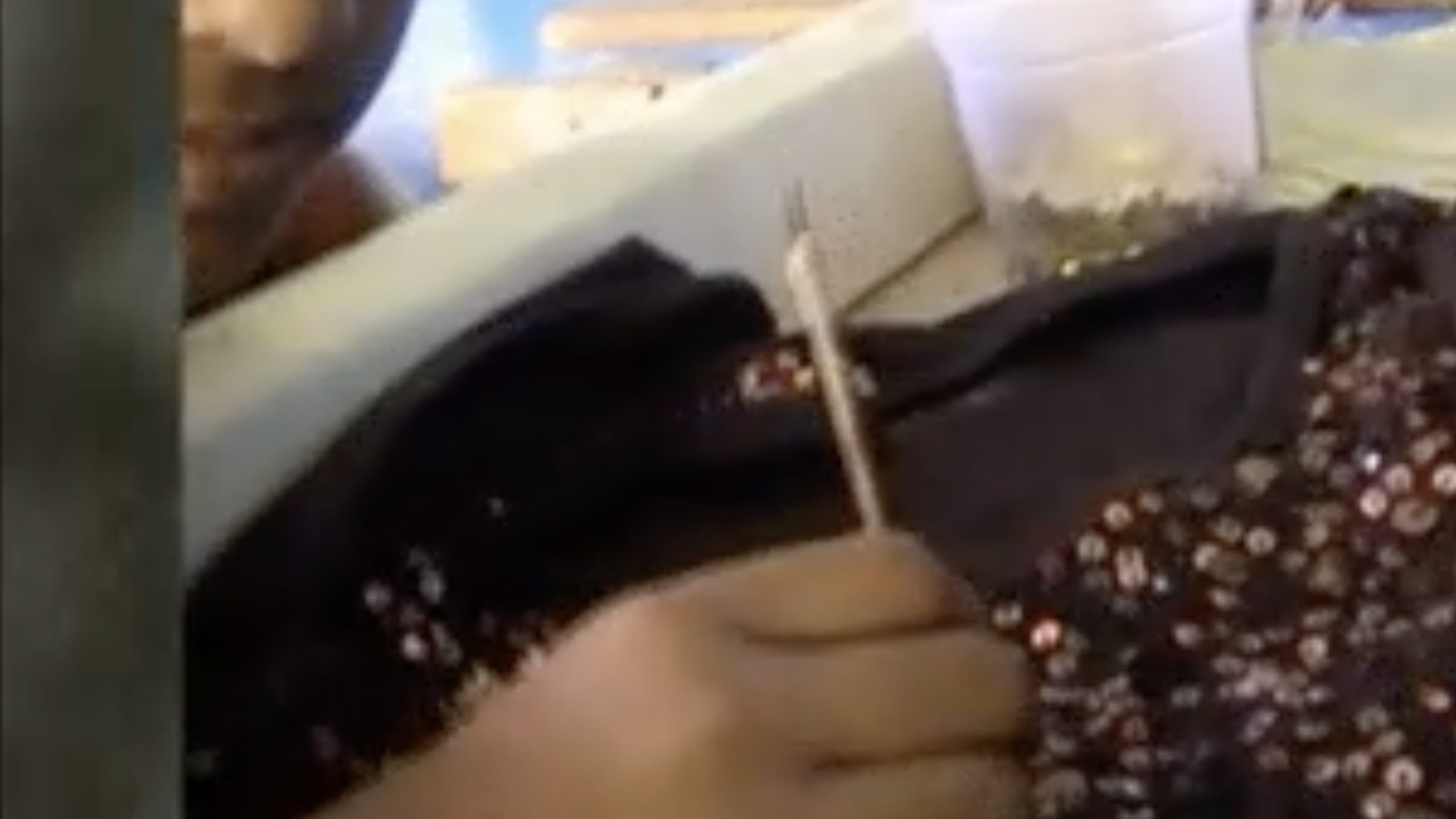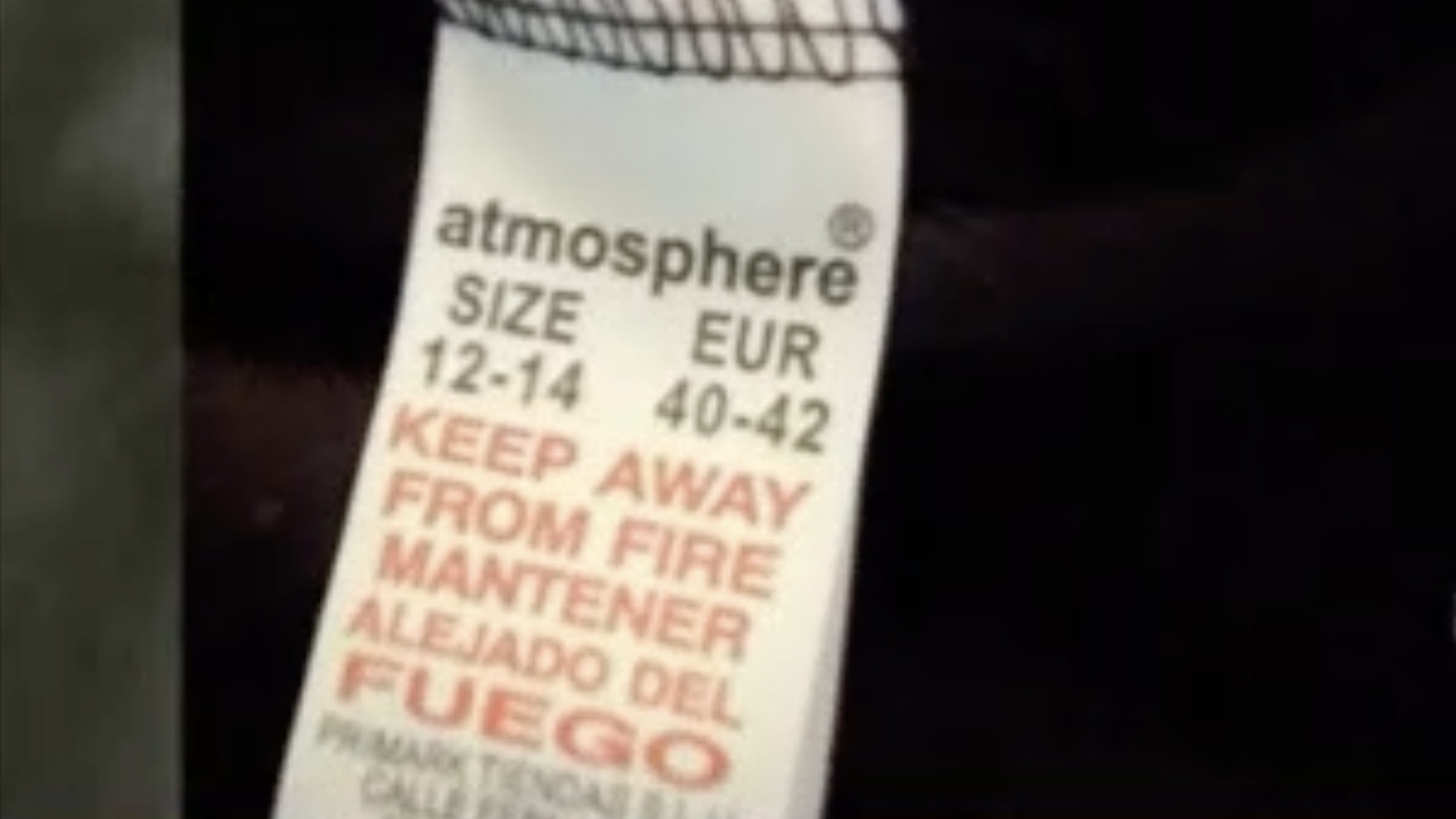
Textiles
Made in the Third World
Managed in the First World
KEY FACTS
Type:
Prank & movie clip.
Date:
August 2001
Creators:
The Yes Men
Location:
University of Technology, Tampere, Finland
Watch in:
The Yes Men movie (2003)
INGREDIENTS
INTENTIONS
Reach new audiences
Show capitalist evils
TACTICS
Make a website
Choose an audience
Create a character
Bring managers into view
Make the familiar strange
Embody exploitation
Juxtapose extremes
Lie to tell the truth
Include the digital
Make it funny
RESPONSES
My Hero!
I laughed my ass off
IMPACTS
Can’t tell
Image credit
Assorted Fashion Industry Textiles – Assortment of beige tone colored pants (https://www.freepik.com/free-photo/assortment-beige-tone-colored-pants_66105704.htm#fromView=search&page=2&position=46&uuid=4f93b6cd-f230-48f0-bce8-48ec11bbaecd) by freepic (freepic) Modified August 2024
Employee Visualisation Appendage
IN BRIEF
The Yes Men set up a fake WTO website and offer Hank Hardy Unruh to speak at conferences on its behalf. A textile conferece in Finland take up the offer, and its audience watch him reveal a gold lame telematic suit with an inflatable phallus which allows managers to sense and manage the energies of remote sweatshop workers. It’s an offensive and outrageous stunt. Will its audiences understand or remember the critique that it brings to life?
How to read this page
We are slowly piecing together a ‘followthethings.com handbook for trade justice activism’ and are publishing the pages here as we write them. This is an ‘example’ page. The wide column paraphrases and condenses this example’s followthethings.com page, section by section. The narrow column contains some details about the commodity, some key facts about the activism that took place around it, and a list of its ‘ingredients’: its intentions, tactics, responses and impacts. These have been identified during the writing of this example page and, as more handbook pages are added, you will be able to click each one to read about it, and there will be links to other examples where we have found that ingredient, and a list of linked ingredients. This hypertext format, we believe, will help readers to understand how trade justice activism can work, and what it can do.
Original
Description
It’s time for Hank Hardy Unruh’s keynote. As a representative of the World Trade Organisation (WTO), he gives a detailed talk on the economic history of capitalism and slavery, arguing that – left to its own devives – slavery would have developed into today’s system of remote sweatshop labour. What we are now facing, he says, is a worker management problem. The WTO’s solution is a skin-tight golden Management Leisure Suit. After its reveal, he inflates from his groin its Employee Visualisation Appendage. By transmitting information about levels of physical work from chips impanted in workers’ bodies to the screen on its tip and electrodes implanted in the manager’s body, he can gain rapport with workers and exercise real time control over them while engaging in healthy leisure actvities. With the WTO’s golden phalli, corporations could better control the Third World.
Inspiration / process / methodology
The Yes Men are an American activist duo and/or a genderless global network of 300 people who aim to reveal uncomfortable truths via whopping lies. They target the injustices of free market capitalism through pranks and public spectacles that combine amateurish impersonations, ridiculous exaggerations and a keen sense for news-making. The WTO is a target targets because of its colonial attitide and system of loans and regulations that export jobs to low wage, less regulated Third World economies for the benefit of First World corporations. In 1999, they set up a gatt.org1 website identical in design to the WTO’s but clearly supporting the anti-WTO Seattle protests of the time. Visitors thinking this was the real WTO could email Hank Hardy Unruh to speak at conferences, like the one in Finland. They created an absurd, overblown narrative and image of the WTO that audiences wouldn’t easily forget. This golden phallus that could electrocute Third World workers was much less dangerous than the exploitative labour relations the WTO helped to establish and maintain. Accompanied by a film crew, the duo traveled to Finland. How would the organisers, the audience and the WTO respond? Applause? Laughter? Anger? Realisation? Calling security? All would be filmed for The Yes Men movie.
Discussions / responses
In the hall, there were gasps at the reveal and polite applause at the end. That was it. One offended delegate complained about the design of the suit, asking if it a more bra-like version could be made for female managers. Movie viewers speculated. Were the delegates puzzled, bored or zoned out? Were they politely tolerating this shambolic American idiot? Were some impressed or riled but refused to respond? And who were the Yes Men making fools of: the WTO or the delegates? In the conference hall, was this an epic comedy fail? Can satire change the world? Or does it just feel like that sometimes? You might remember that silly, offensive suit, but not the WTO’s evil deeds. If only its workings were better known, someone would challenge these lies at every turn. At the movies, The Yes Men’s intelligence, bravery, shambolic performance skills and regular-guyness were celebrated. People laughed their asses off and bounced their own jokes off this iconic scene. ‘My next halloween costume.’ ‘Leisure suit, bwhahaa’.
Impacts / outcomes
After being ridiculed in the press for calling the Yes Men’s gatt.org parody ‘deplorable’, the WTO said nothing. The Yes Men shared free software for others to replicate and parody other organisaton and company websites. The Yes Men movie had impacts of its own.
FOLLOWTHETHINGS.COM PAGE
Best, T., Gibson, T., Massey, B., Rees, C., Ross, K. & Sherman, J. (2018) followthethings.com/employee-visualisation-appendage
FOOTNOTE
1 GATT was the predecessor to the WTO.
BACK TO HANDBOOK CONTENTS PAGE 👉
DEPARTMENT: Fashion
By Ian Cook (June 2025)


